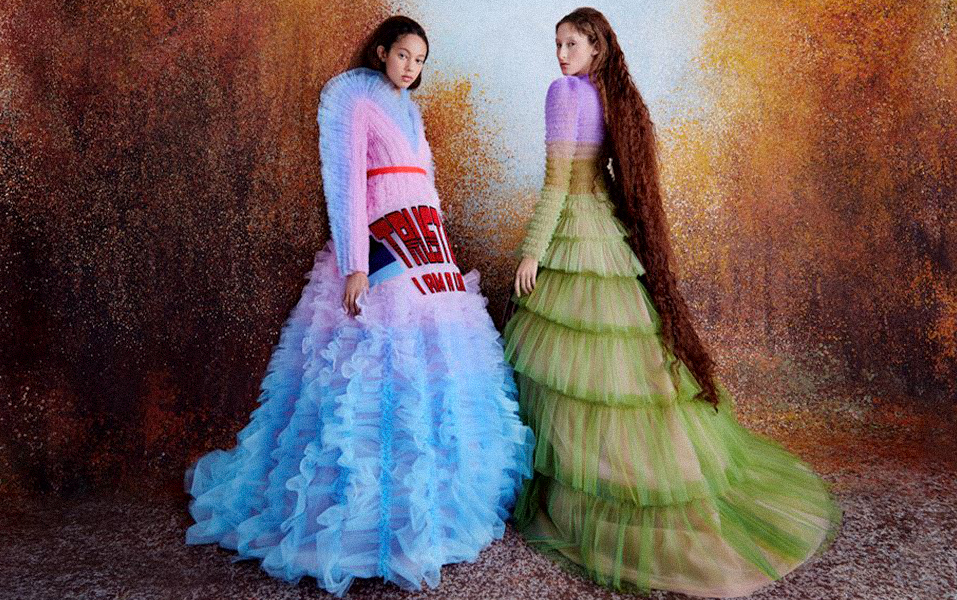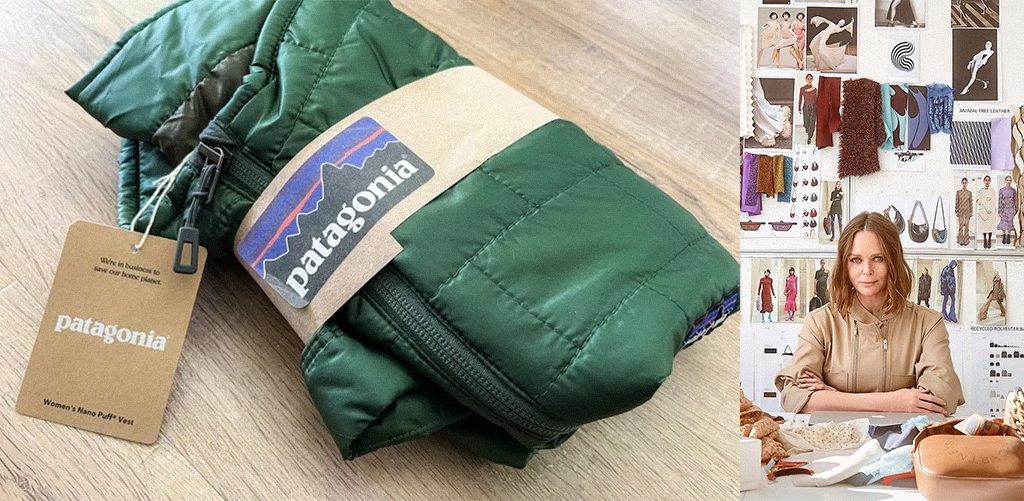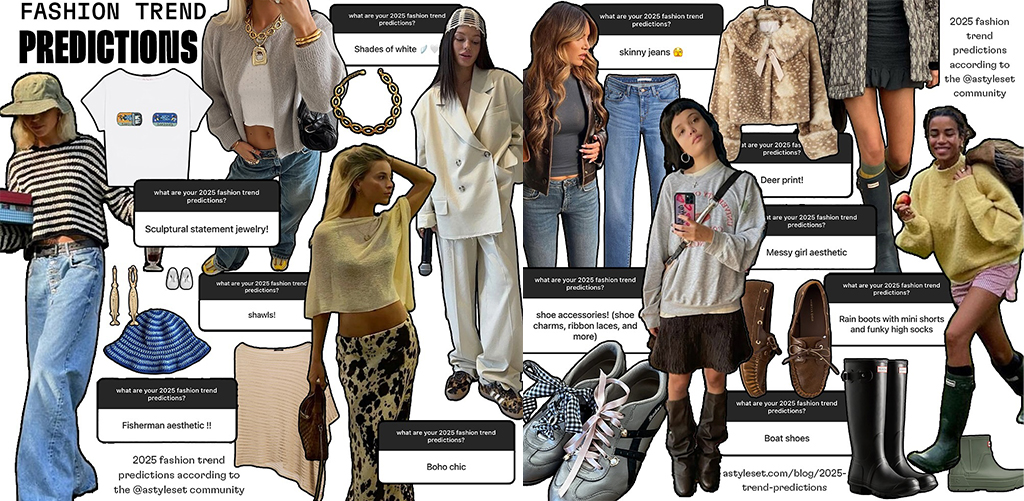

“What if your outfit could speak? What would it say?”
Every day, we wear clothes that show a part of who we are. But beyond style, can fashion still say something deeper? Can what we wear reflect our thoughts, our protests, or our hopes for the world?
This idea isn’t new. For decades, designers have used clothing to make bold statements—about politics, culture, and society. But in today’s fast-changing world of reels and trends, does fashion still have that power?
Let’s find out.
Fashion has a long history of making strong statements.
In the 1980s, designer Rei Kawakubo used uneven shapes and torn fabrics to challenge beauty standards. Her designs looked strange to many, but that was the point. She wanted to show that fashion doesn’t have to be “perfect” to be powerful.

Martin Margiela took it a step further. He reused old clothes and covered models’ faces to fight back against fashion’s obsession with fame and consumerism. His work made people think about waste, identity, and the pressure to look a certain way.
At JD Institute of Fashion Technology, students are taught to study the concept of such designers—not just to copy their work, but to understand how Fashion Design can become a tool to question, to express, and to create change.
Clothing has also been used to speak on political issues.
Remember when Mahatma Gandhi wore only khadi (homespun cotton) to support India’s freedom movement? It wasn’t just about fabric. It was a call for independence and self-reliance.
In 2021, US Congresswoman Alexandria Ocasio-Cortez wore a white gown with “Tax the Rich” written on the back at the Met Gala. It was bold. It got people talking. Whether they agreed or not, it made them think.

At JD Institute, students are encouraged to study how culture, politics, and fashion connect—and how clothes can say things that words sometimes cannot.
Today, many fashion brands are trying to show they care about the world.
Brands like Patagonia promote sustainability by making long-lasting clothes and using recycled materials. Designer Stella McCartney refuses to use animal products and speaks openly about ethical fashion.

Through social media, videos, and blogs, these brands tell stories about how their clothes are made and what they stand for. This is called digital storytelling, and it’s a big part of how modern fashion connects with people. Students of Fashion Design must learn how to use these tools—from photoshoots to social media campaigns—to share messages behind their designs.
Here’s the challenge: today, trends change fast. Platforms like TikTok and Instagram create new micro-trends almost every week. A design meant to start a conversation can quickly become just another look.

Worse, fast fashion companies often copy meaningful designs without the message behind them. When that happens, the original purpose is lost. A t-shirt that stood for equality might end up as just another graphic tee in a store.
Also, many designers worry that speaking out might hurt their sales or offend customers. So they stay silent. The pressure to sell can sometimes stop them from saying what they really feel.
This is why design education matters. At JD Institute, students are encouraged to take creative risks, research deeply, and stand by their messages—even when it’s not the easy choice.
Here are a few designers students can explore and learn from:
Students can study how these designers use runway shows, collaborations, and social media to share strong messages—and how audiences react.
So, can fashion still be a powerful form of social commentary?
Yes—but only if we create with care and meaning.
Fashion is not just about what’s trendy. It’s about what matters. And at JD Institute of Fashion Technology, students are not only taught how to create stunning designs—they’re taught how to make those designs say something important.
Want your clothes to start conversations? Want your design to carry meaning? It’s time to learn the language of fashion—and there’s no better place to start than JD.